Optimal Timing for Drainages
Drainages are essential for managing excess water and preventing flooding. The optimal timing for drainages depends on seasonal weather patterns, soil conditions, and regional climate. Proper timing ensures effective water removal and minimizes disruption.
Spring is often ideal for drainages due to melting snow and increased rainfall, which can lead to water accumulation.
These periods typically have stable weather, making them suitable for drainage projects before winter conditions set in.
Drainages are generally less effective in winter due to frozen ground and reduced precipitation absorption.
Timing drainages before anticipated heavy rainfalls can prevent water buildup and flooding.
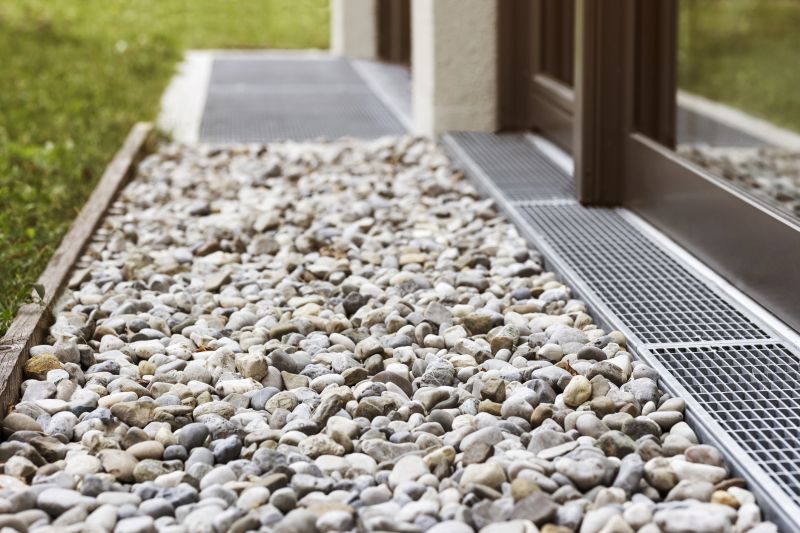
Installation during optimal seasons ensures effectiveness.
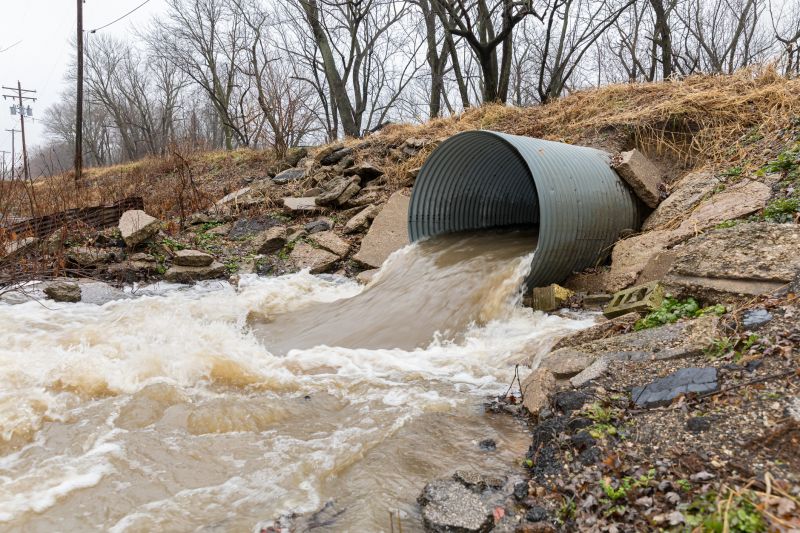
Managing water flow during spring melt.
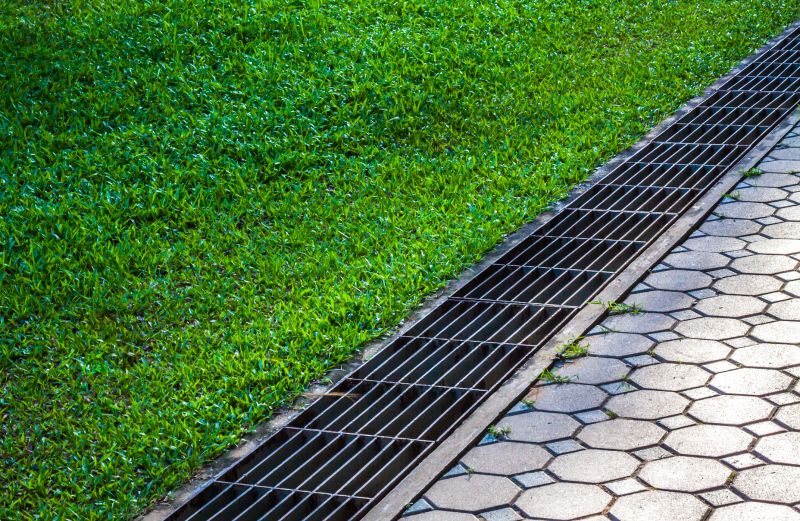
Preparing drainage systems for winter.

Effective water removal after storms.
Drainages play a crucial role in controlling water flow and preventing damage caused by excess moisture. Properly timed drainage activities can reduce erosion, protect foundations, and improve land usability. Seasonal considerations, such as soil moisture levels and expected weather patterns, are vital in planning drainage work. Data indicates that drainage projects conducted during dry, stable periods tend to have higher success rates and longer-lasting results.
| Season | Ideal Drainage Timing |
|---|---|
| Spring | Early spring before heavy rainfalls and snowmelt. |
| Summer | Late summer or early fall when soil is dry and stable. |
| Fall | Early fall before winter freeze. |
| Winter | Generally not recommended due to frozen ground. |
| Post-Storm | Immediately after heavy rainfall or storms. |
| Pre-Heavy Rain | Before forecasted heavy rain periods. |

Proper timing ensures efficiency.

Aligning projects with seasonal weather.
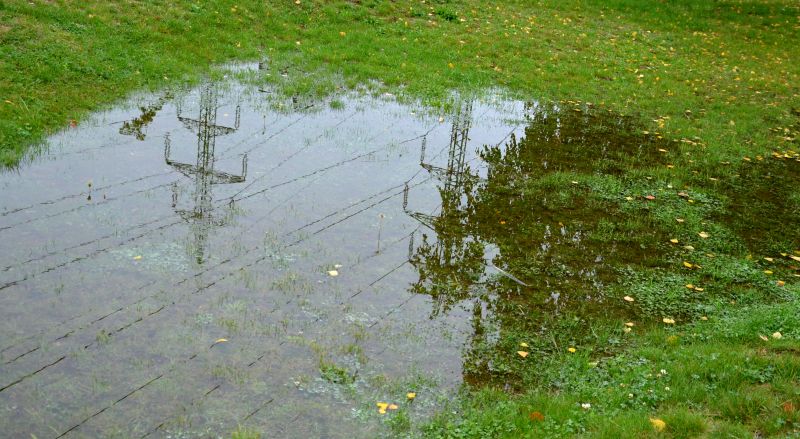
Effective drainage reduces flood risk.
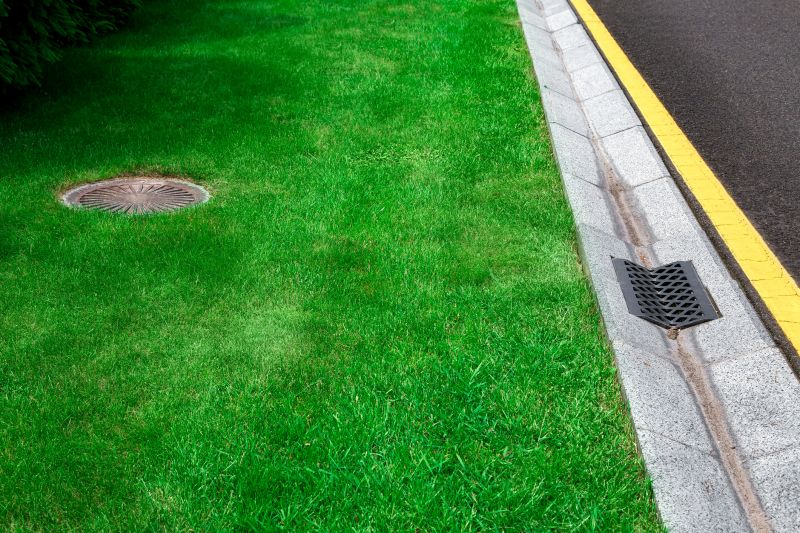
Post-storm drainage strategies.
Effective drainage management requires understanding seasonal variations and regional climate patterns. Timing drainage activities during periods of stable weather and soil conditions enhances their effectiveness. Properly scheduled drainages can prevent water-related damages, reduce erosion, and improve land usability. For those interested in drainage solutions, filling out the contact form can provide tailored information and assistance.



